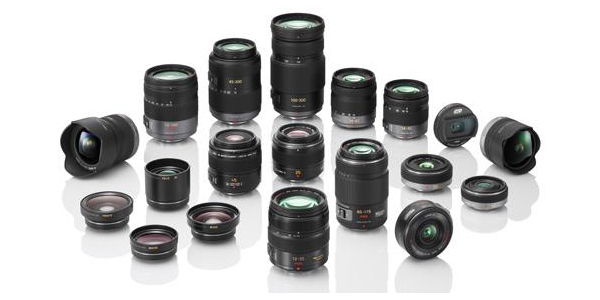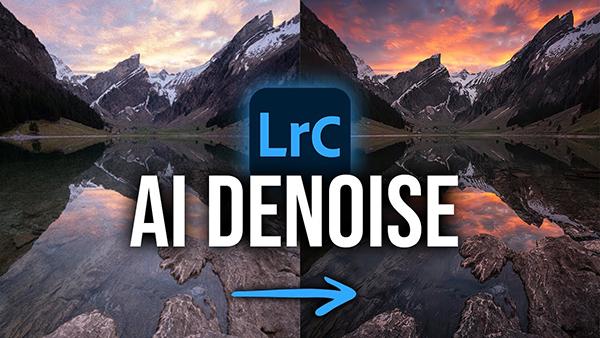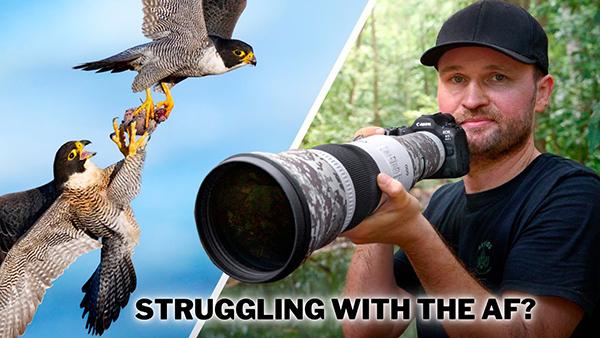Photo How To
Sort By: Post DateTitle Publish Date
|
May 01, 1999
|
Jan 13, 2017
|
Jan 20, 2017
|
Mar 12, 2021
|
Dec 29, 2022
|
Jul 19, 2023
|
Sep 07, 2017
















